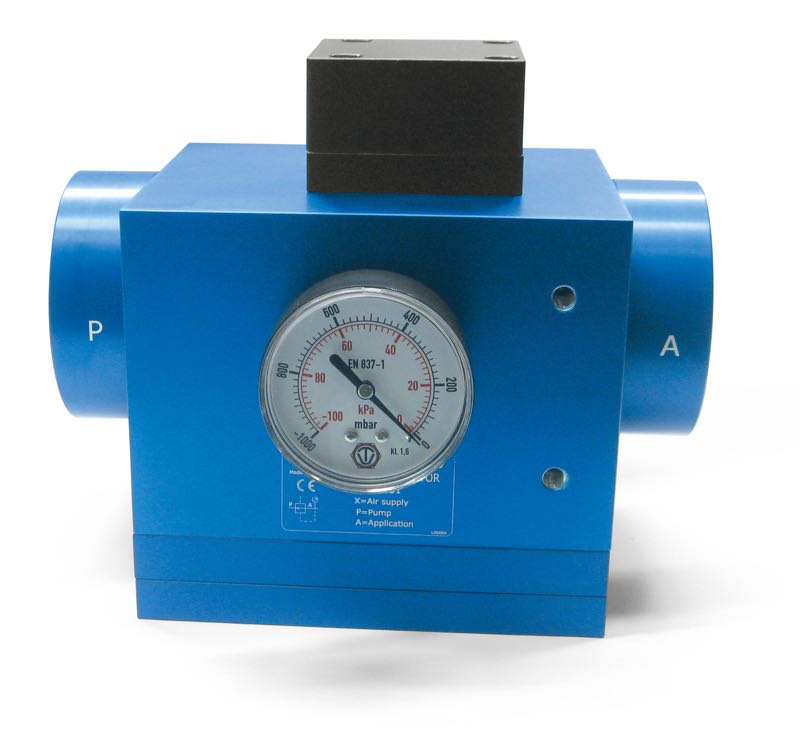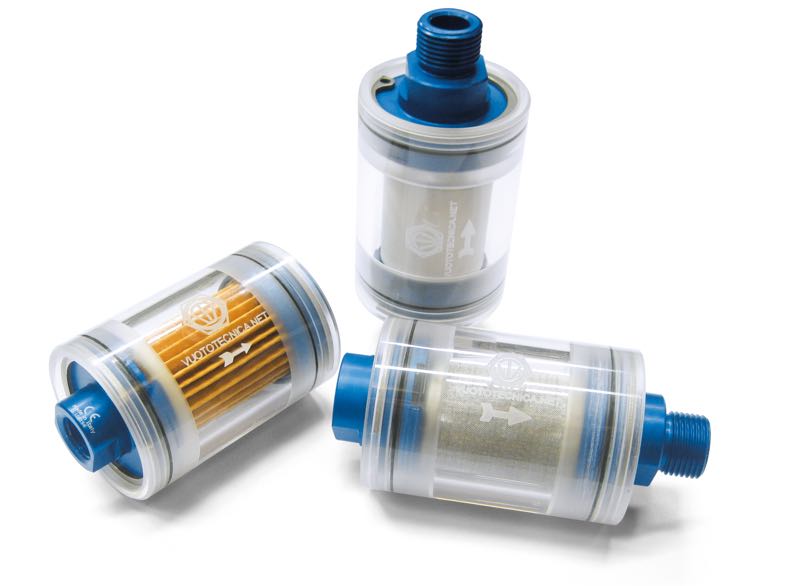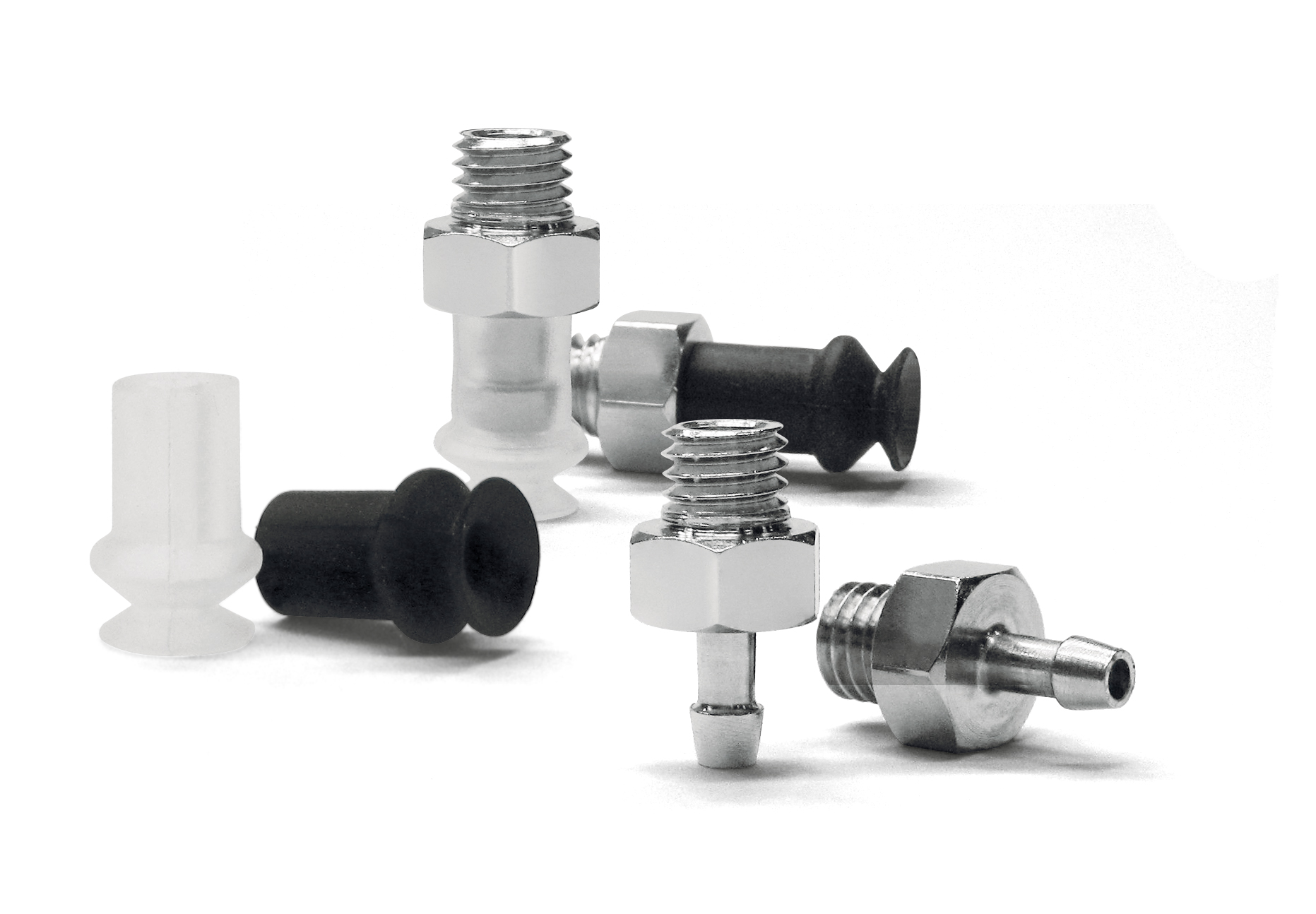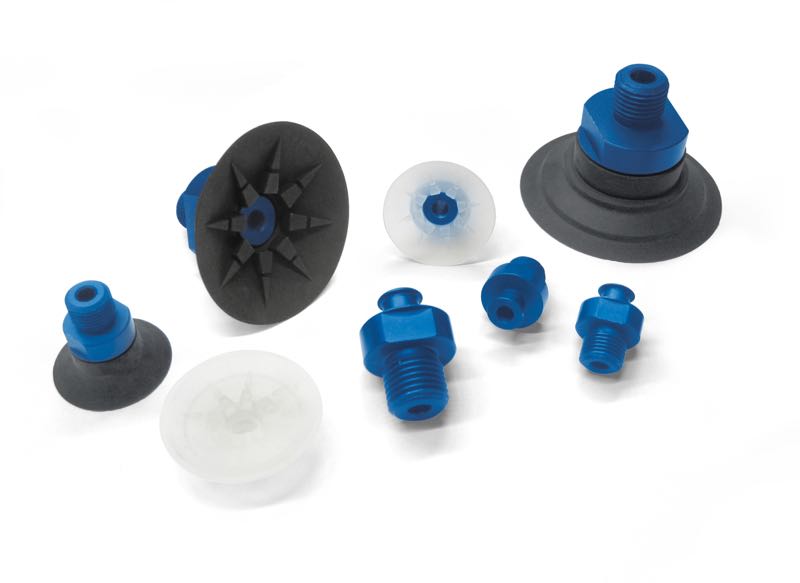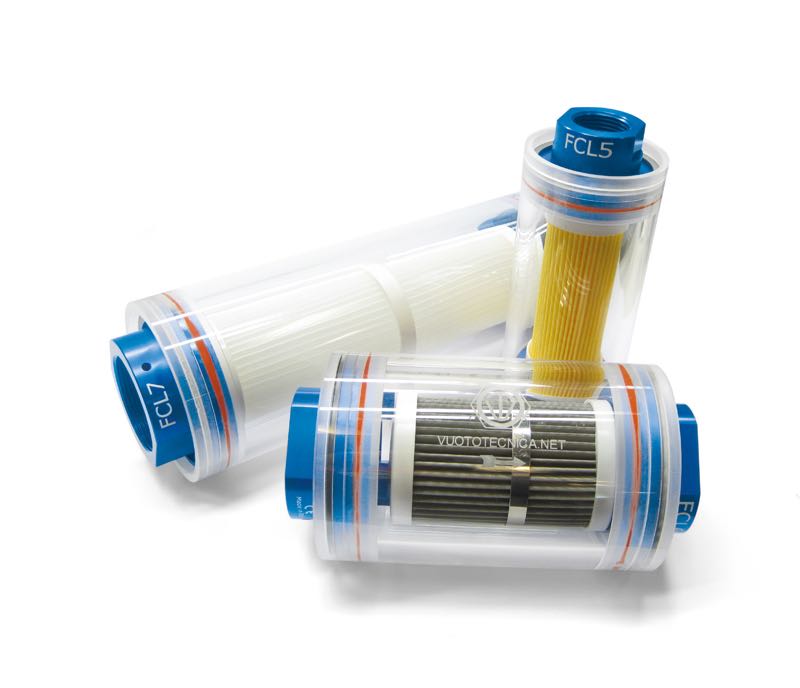|
|
Vacuum regulators with pneumatic adjustment
Vacuum regulators with pneumatic adjustment differ from the previous ones for the way they adjust the level of vacuum; in fact, instead of acting manually on the adjustment screw, it is necessary to act on the pneumatic cylinder compressed air supply: the higher the pressure, and the higher the level of vacuum and vice-versa.
Vacuum regulators are used to adjust the pre-set level of vacuum and keep it constant (secondary vacuum), regardless of the pump vacuum level or the vacuum level (primary vacuum).
Unlike the vacuum adjusting valves, regulators do not introduce atmospheric air into the circuit, thus producing more gripping points with different vacuum values, from only one vacuum source.
Their operating principle is based on the contrasting action between a pneumatic cylinder with short stroke and a fluctuating piston driven by the pressure differential existing between the secondary vacuum and the atmospheric pressure.
Technical features
- Operation: membrane-piston regulator
- Supply pressure: from 0 to 5 bar for regulators item 11 .. 31;
- Adjustable working pressure: from 800 to 1 mbar abs. for regulators item 11 .. 31;
- Flow rate: from 370 to 750 m3/h.
- Room temperature: from -10 to +80 °C
- Installation position: any
Usage
Vacuum regulators are mainly used on centralised plants where, regardless of the plant level of vacuum, each grip can be adjusted within that value. Moreover, they are necessary whenever the working vacuum must be lower than the primary vacuum and kept constant. Vacuum regulators with pneumatic adjustment can be installed away from the control point, since it is sufficient to have a pressure regulator on the control panel to act on them.
|
Nyheter
|





